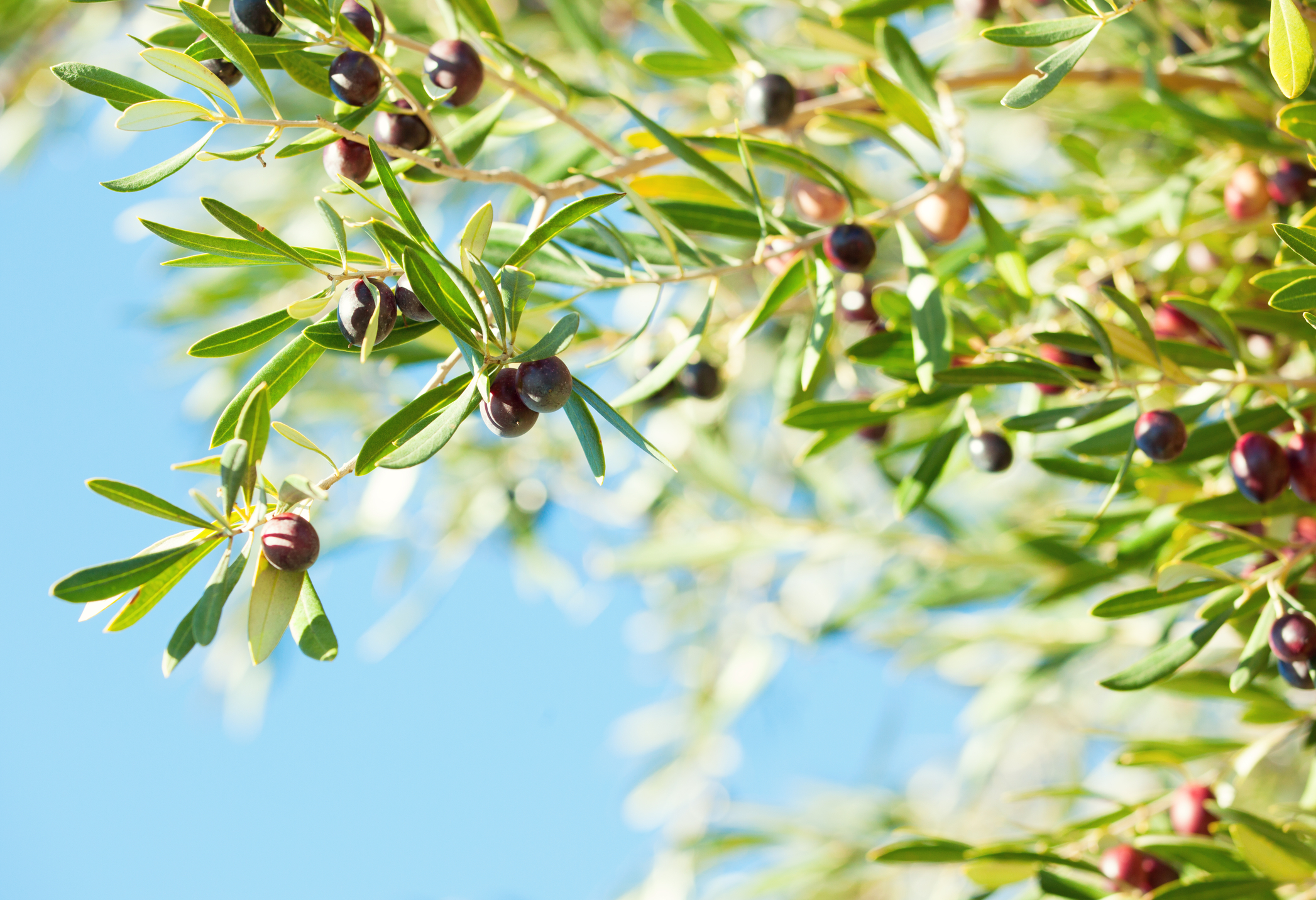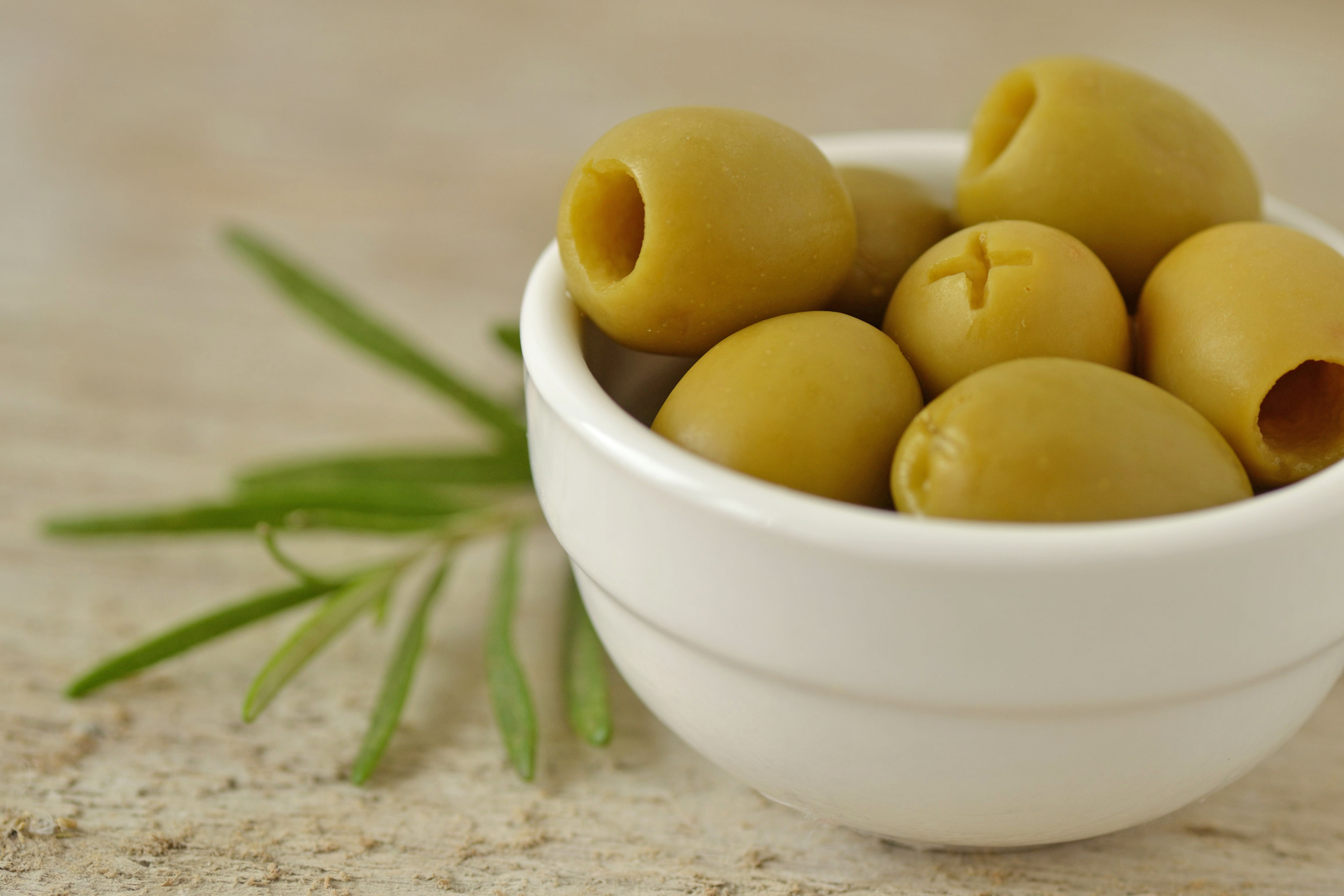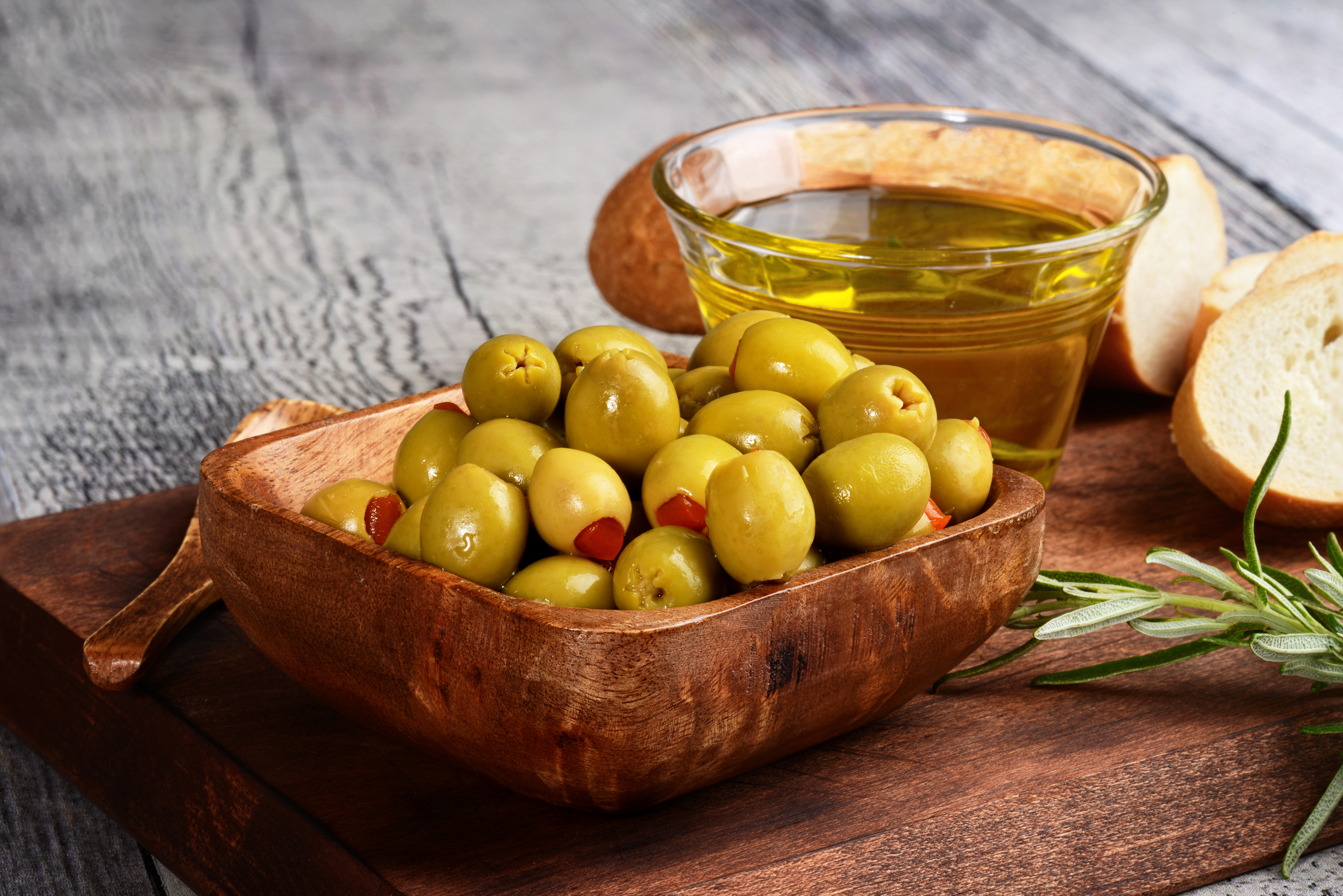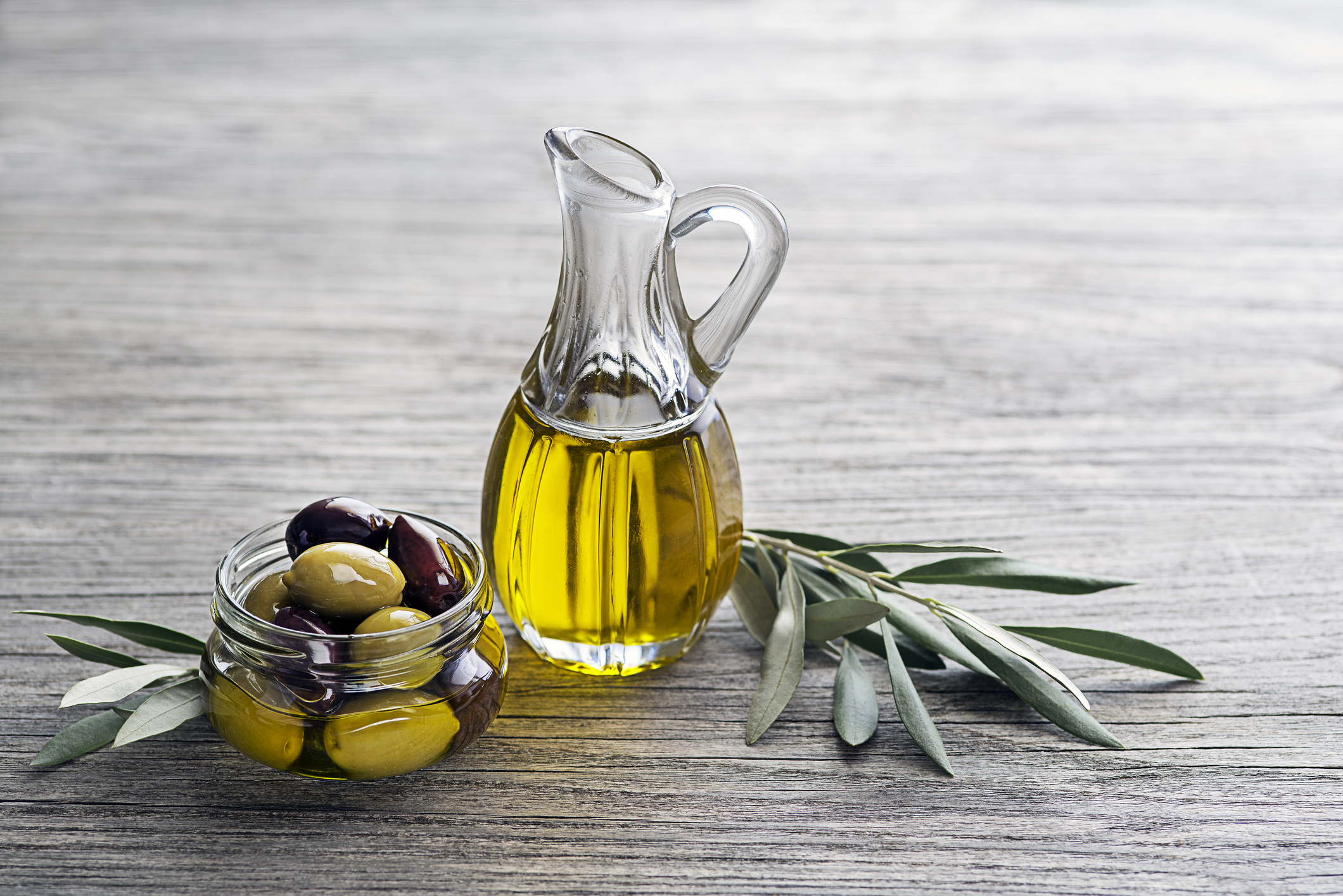Five Fascinating Facts about Olive Leaves that Will Alter Your Perception about This Mediterranean Marvel
Olive leaves, the unsung heroes of the Mediterranean marvel, have a history that stretches back to the dawn of civilization. The olive tree, scientifically known as Olea europaea, is native to the Mediterranean region and parts of Asia and Africa. The cultivation of this marvel dates back to approximately 6000 B.C., correlating with the rise of agriculture-based societies. The dual-purpose tree was not only a food source but also revered for its symbolic significance in various civilizations including the ancient Greeks, Romans, and Egyptians.
The Greeks saw it as a symbol of peace and victory and even crowned their Olympians and honorable citizens with an olive branch wreath. In Ancient Egypt, olive oil extracted from olive leaves was used in mummification processes and considered sacred. This historical importance underscores the long-standing relationship humans have had with the olive tree—particularly its leaves.
Olive Leaves and Its Panacea Properties

Olive leaves have been utilized in traditional medicines for centuries due to their purported health benefits. Rich in the active ingredient called oleuropein, olive leaves contain potent antibacterial, antiviral, and antifungal properties. This compound has been found to reduce bad cholesterol, regulate blood pressure, and facilitate blood sugar control.
Studies have also discovered that oleuropein contains antioxidants capable of eliminating free radicals, thus combating oxidative stress—an underlying cause of several chronic diseases. This scientific backing has led to a surge in the popularity of olive leaf extracts and supplements, turning the focus to this Mediterranean marvel's unassuming leaves.
How the Olive Leaf Influences Mediterranean Cuisine

The influence of olive leaves on Mediterranean cuisine extends beyond the popular olive oil. Dried olive leaves are used as herbal tea in several parts of the Mediterranean—cherished for its distinctive flavor and numerous health benefits. Moreover, fresh leaves are used as flavoring agents in traditional dishes, adding a unique touch to the region's vibrant culinary scene.
Interestingly, in Sicily and Puglia—two regions of Italy known for their olive oil production—olive leaves are often used in a less conventional way. They are fried until crisp and eaten as a snack, showcasing the versatility of this Mediterranean marvel in culinary applications.
The Olive Leaf and Sustainable Farming Practices

In addition to their culinary and medicinal uses, olive leaves play a significant role in sustainable farming. The leaves, often seen as by-products of olives and olive oil production, can be upcycled and offer an eco-friendly solution in agricultural practices. They can be processed into livestock feed, further reducing food waste.
Recent research has also pointed towards the potential of olive leaves in biofuel production. Their high energy content and recyclability make them a promising candidate for a sustainable energy source. This innovative use exemplifies how every part of the olive tree, including its leaves, can be harnessed in eco-conscious ways to benefit the future of the planet.
The Future of Olive Leaves in Skincare Industry

While olive oil has long held its place in the skincare industry, the leaves of the olive tree are the latest to join the bandwagon. Packed with antioxidants, olive leaf extract can fight off harmful free radicals that lead to premature aging. It's naturally hydrating and possesses anti-inflammatory properties that help soothe skin.
Large cosmetic brands are incorporating olive leaf extracts into their products, marking a growing trend in the beauty industry. These products, combined with traditional olive-derived skincare treatments, offer a two-pronged approach towards holistic well-being and longevity—an enduring testament to the magic of the Mediterranean marvel.